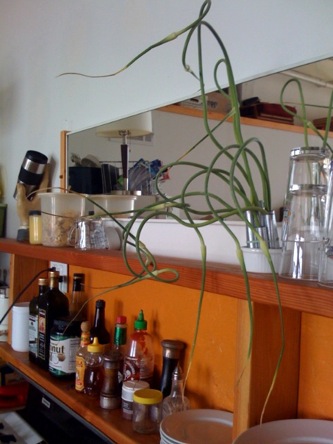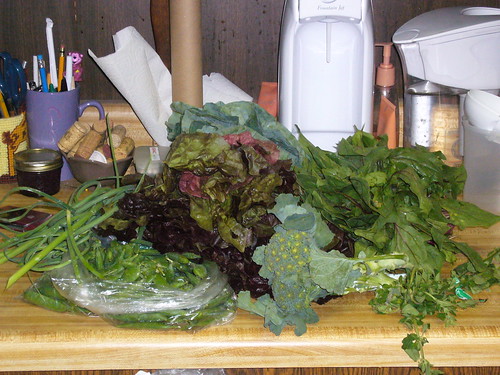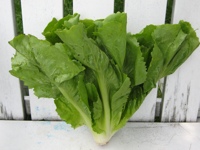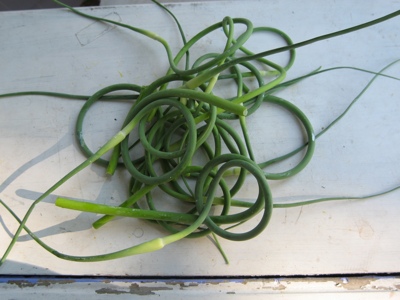Kale’s a tough one sometimes, at least for me. Lettuce, I know what to do with. Chard and spinach, same thing. Kale and other bitter greens, I think I’ve finally figured them out.
I wash them well (I wash them twice to get all the grit out of the curly leaves). Then I heat some olive oil up in a large saute pan over low heat, and dump in a ton of sliced garlic–like 3-4 cloves of it minimum. While that’s heating up, I strip the stems out, rough chop the leaves, throw them in the pan with a couple of pinches of salt, turn up the heat a bit and saute them until very wilted. Throw a few grinds of pepper over top and eat!
I used to leave the stems in, or chop them as well, like I do with chard, but it finally dawned on me that those were the most bitter part and to strip them out first. That made all the difference!
Here’s a great step-by-step how to on freezing kale from notmartha.org (a great site if you haven’t seen it). Plus, her tip on how to stripping the stems and chop the leaves is a great one!
How do you all prepare the bitter greens?




